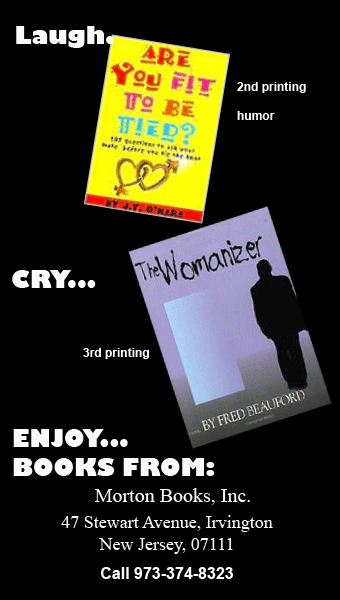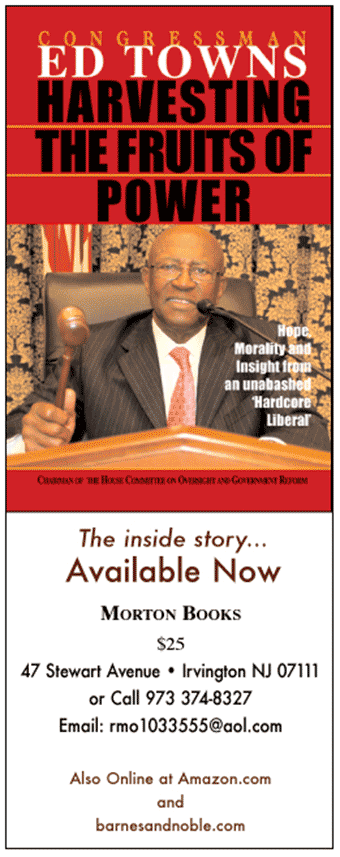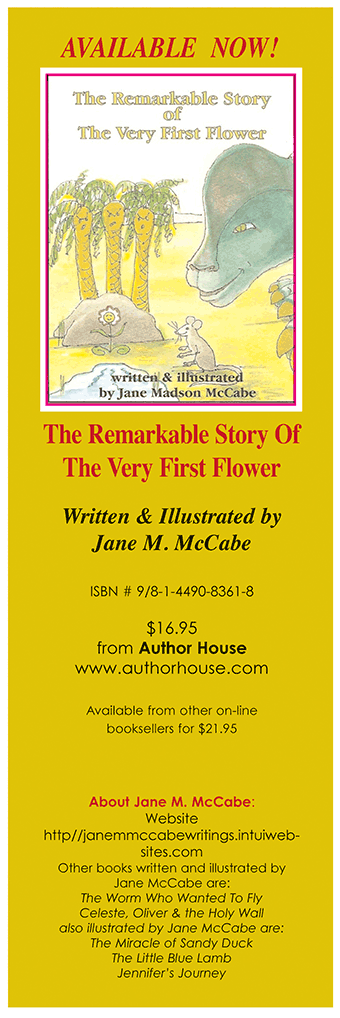REVIEWING
Atlas of the Transatlantic Slave Trade
by David Eltis and David Richardson
Yale University Press | 307 pages | $50.00
Reviewed by Loretta H. Campbell
The transatlantic slave trade built the wealth of Europe, certain African countries, and all of the Americas as outlined in the prodigious research of this book. Using 200 maps, it depicts 500 years of international trafficking in human beings. The information is separated into 6 parts (chapters) created and annotated by authors David Eltis (The Rise of African Slavery in the Americas) and David Richardson (director, Wilberforce Institute for the Study of Slavery and Emancipation). Both of these historians and scholars of African-American history also serve on the Electronic Slave Trade Datebase Project at Emory University.
The book immediately answers the question of why these Africans were enslaved. The answer is the greed of their captors. Precious minerals like gold and silver were mined in South America by Africans enslaved by the Spanish and Portugese. However, the minerals were eventually supplanted by the major drugs of the day: tobacco, coffee, rum, and sugar. Today's science has declared all of these products addictive. Certainly their addictive quality played a large part in consumer demand even at the cost of another's freedom or life.
Eltis and Richardson characterize this demand first in marketing terms: "...our Western culture tends to worship the magic of the free market, the invisible hand that allegedly promotes the common good."
However, that same adoration for capitalism had a tragic side. The authors continue, " Yet it was uncontrolled market forces that determined how many African slaves could be crammed into the hold of a ship--with the chained and padlocked males lying together for five weeks...surrounded by feces or urine drenched floors...to satisfy consumer demand for sugar, rum, tobacco, and coffee." Paintings and documents describe how food and water were so inadequate that sometimes captives starved to death with a matter of days.
Why or how did the enslavers come to believe it was acceptable to subject other human beings to this kind of treatment? As the book elaborates, during the 1400s slavery became race based. According to the authors, racism ran deep and wide in most European countries. Darker skinned Europeans, Armenians, Italians, even Slavs (from which the word slave was produced) had been enslaved by lighter skinned Northern Europeans for centuries. However, only Africans or non-Europeans were enslaved to be shipped to the Americas.
The authors demonstrate how the most economically advanced European countries and the most agriculturally equipped African countries were involved in the trade first. The former countries bought the slaves; the latter countries supplied them. For Europeans, the slave trade was about profit. For the Africans (who were essentially selling their brothers and sisters), it was about profit, politics, and power. The victors in wars between linguistic groups enslaved the vanquished. Political rivals sold their competitors.
Eltis and Richardson don't shrink from exposing the culpability of Africans in the slave trade. In part III, there is a painting of Gezo, King of Dahomey, 1849. (Schomberg Center for Research in Black Culture, New York). In it, the king exemplifies the arrogance and cool brutality of African slavers. According to the legend under the picture, the slave trade flourished under his reign. In fact, his cruelty was on par with that of European slavers.
The painting Slave Ship (Slavers Throwing Overboard the Dead and Dying, Typhoon Coming On), shows the killing of 132 Africans. The rationale of the ship's captain was killing the Africans would enable the vessel to weather the storm. The ships's officers expected their loss to be covered by insurance.
Insurance companies and other businesses prospered as a result of the slave trade. There were companies that specialized in selling slaves, and companies that specialized in selling branding irons. In one picture, there is a branding iron with a small heart on it as if the future owner wants the slave to feel loved.
Yet, there was resistance by the captives themselves. The book details "patterns of slave resistance." The majority of revolts happened close to the western coast line.
"By capt. [sic] Wright of the Endeavour, from the Coast of Guinea, we had the following account of the loss of the Marlborough, capt. Codd, of Brtistol, by an insurrection of the Negroes the beginning of October last [1752]...,while most o fthe crew were below cleaning the rooms, and none but the captain and two white men, armed with cutlasses, left above to take care of the ship, all of a sudden the Negroes on deck snatched the arms from them, wounded the captain, and forced him up the foreshrouds, where they shot him dead."
Often the organizers of these revolts were women. This was because women were not shackled as the men were. The book also mentions that African women were often raped by their captors. It can be inferred that, because the voyages were so long (two years in many cases), babies were born aboard ship. The subject for another book would be how these women fared during pregnancy, childbirth, and what happened to their babies.
The other resistance was the worldwide abolition movement. The painting of the Zong murders galvanized the British abolitionist movement. Although laws against slavery had some impact, nothing brought it to a halt like the abolitionist movement in Britain and the Civil War in America. After half a millennium, the transatlantic slave trade became reprehensible, even anathema in Europe, the Americas, and the United States.
The English lead this movement and had naval ships patrolling the high seas to rescue Africans and free them. Various European countries and America made it illegal to transport slaves.( Ironically, America didn't outlaw slavery inside the United States until after the Civil War.)
The British Government created a Court of Mixed Commission to try and to levy fines on all countries that engaged in the transatlantic slave trade. That government resettled captives in British owned colonies and also along the western coast of Africa and in the Americas. Although the intentions were good, there were tragic problems; thousands of Africans were recaptured by slavers who raided these settlements.
Exact, yet sensitive, the book lists the horrors of going into bondage. Worthy attention is paid to the Middle Passage. "The only food we had during the voyage was corn soaked and boiled. I cannot tell how long we were thus confined... a great many slaves died upon the passage," wrote Mahomah G. Baquaqua who published this account after he escaped from slavery. Many survivors or escapees published their experiences and spoke out against the trade.
Eltis and Robinson consider the Middle Passage a way to determine how slavery "restructured the populations of both the society of origin and the society of arrival." History records that entirely new cultures were created in the Americas. Conversely, it can be assumed that entire peoples were lost because of this slave trade. The authors supply ship manifests detailing the deaths and dying of captives during the Middle Passage. They also give an invaluable jewel, the website, www.slavevoyages.org, which documents 35,000 slave ship voyages.
To say the information compiled here is awe inspiring is to almost do it justice. Listed here are names of victims; where they were kidnapped; how many came from which country; which year; and lesson plans on how to teach on the transatlantic slave trade.
The book also lays the groundwork for reparations. Because of its copious statistics, it's possible to calculate the financial cost of slavery. For example, using the website, a reader can multiple the "cost" of a slave by the number of slaves sold in a country in a certain amount of time. Cost of slaves from various countries are listed in the maps also.
Theoretically, the transatlantic slave trade ended. However, in its aftermath came share cropping, segregation, and systemic racism. The descendants of the slaves that built the financial support of world powers have never received any of the profits made by their ancestors. This book will be a real boon to the reparations movement and an aid to quantifying what is owed.





